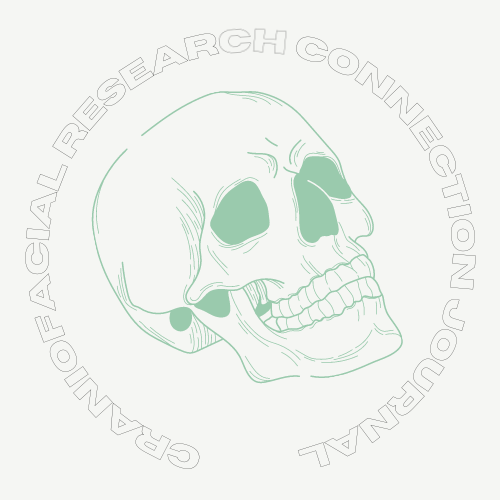ORAL LICHEN PLANUS: FROM DIAGNOSIS TO TREATMENT
Lima MR, Hoffmann SMS, Studzinski MS, Passoni GNS
Abstract
Oral lichen planus is classified as chronic inflammatory mucocutaneous disease, its etiology is still unknown, however, it is known that its pathogenesis is well explained, studies show that cytotoxic lymphocytes-T induce apoptosis of the basal layer keratinocytes leading to the chronic inflammatory process, so it is called as an autoimmune disease. The present study aims to show the diagnosis and the most recent treatments available for Oral Lichen Planus in dentistry. To that end, a literature review was held based on books and scientific articles found in online platforms such as Scielo (Scientific Eletronic Library On-line), PubMed, Lilacs (Latin American and Caribbean Literature in Health Sciences) and Google Scholar in Portuguese, English and Spanish. Some external and internal factors can be associated in its development as virus (Hepatitis C), medications, restorative materials (amalgam), genetic predisposition and psychological disorders (stress, anxiety and depression) that may cause physiological changes in the immune system, leading to the emergence or worsening of autoimmune diseases such as Oral lichen planus. In oral mucosa, Oral lichen planus can present itself in 6 clinical forms: reticular, erosive, atrophic, plaque, papular, and bullous. According the World Health Organization, Oral lichen planus has the potential to become malignant, but it is still a much debated issue in the literature, generating much controversy. It’s treatment can be pharmacological and non-pharmacological. The pharmacological treatment of first choice is corticoids, and the second choice is calcineurin inhibitors. The non-pharmacological treatment is being used more recently and involve the use of low-level laser and ozone therapy.
Keywords
Submitted date:
09/28/2021
Reviewed date:
10/27/2021
Accepted date:
02/13/2022

